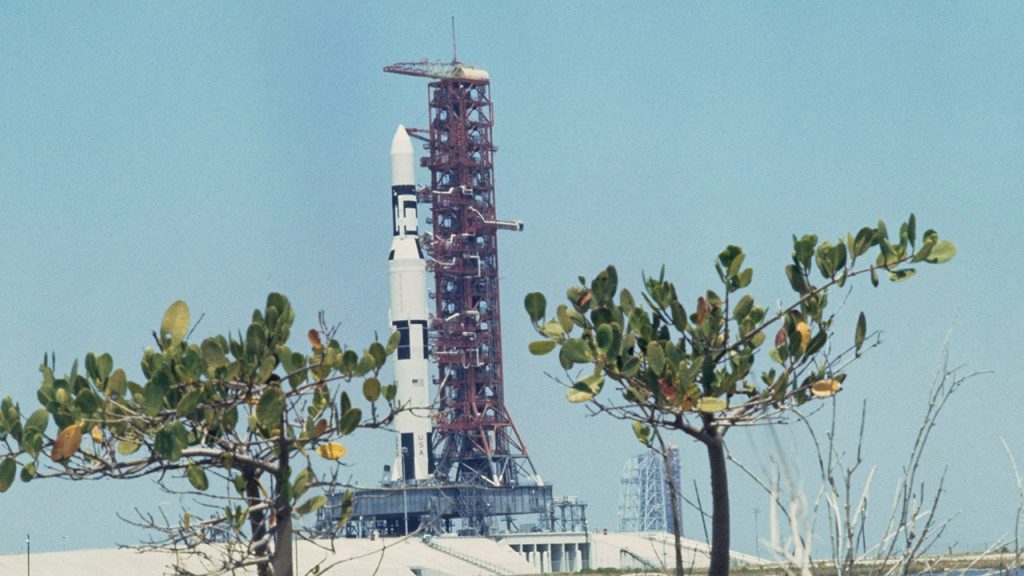America’s first space station, Skylab, was launched into Earth’s orbit on May 14, 1973, using a modified Saturn V rocket at Florida’s Kennedy Space Center. This marked the last time the Saturn V rocket was used in spaceflight. However, the launch was not without complications as technical problems developed immediately due to vibrations during liftoff, causing a critical meteoroid shield to rip off and one of the craft’s two solar panels to be lost. To solve this problem, NASA engineers had to ‘roll’ Skylab in order to lower the temperature of the workshop due to the lack of meteoroid shield.
The first crew of Skylab, consisting of Commander Charles “Pete” Conrad, pilot Paul J. Weitz, and science pilot Joseph P. Kerwin, finally arrived on May 25, 1973, after a 10-day delay to mitigate the damage caused by the launch. During their 28-day mission, the crew made history by successfully repairing a stuck solar array during a spacewalk. This repair spacewalk, which lasted three hours and 25 minutes, marked a significant achievement as they became the first astronauts to ever engage in such an activity.
After a successful mission, the crew of Skylab 4 departed back to Earth in February 1974, leaving the space station unoccupied. Skylab remained in orbit until July 11, 1979, when it disintegrated in Earth’s atmosphere. Parts of Skylab were found in Australia and in the Indian Ocean, leading to a fine imposed on NASA by an Australian town for littering. Despite its eventual demise, Skylab had a significant impact on space exploration and human spaceflight.
Today, the International Space Station (ISS) orbits Earth at an average altitude of 248 miles and circles the globe every 90 minutes. The ISS is a partnership of five space agencies from 15 countries, including the United States, Russia, Japan, Canada, and the countries comprising the European Space Agency. Visible at night as a luminous moving point of light, the ISS can be seen from Earth without the use of a telescope by night sky observers. The ISS has played a crucial role in furthering our understanding of space and scientific research.
The history of space exploration is filled with milestones such as the launch of Skylab, the repair spacewalk by its crew, and the ongoing presence of the ISS in orbit. These achievements demonstrate the progress made in human spaceflight and collaboration among nations to explore the cosmos. As technology continues to advance, future generations can look forward to further discoveries and innovations in space exploration thanks to the legacy left by missions like Skylab and the ISS.
In conclusion, the launch and mission of Skylab in 1973 marked a significant moment in space exploration history. The successful repair spacewalk by its crew highlighted the ingenuity and determination of astronauts in overcoming challenges in space. The legacy of Skylab continues to inspire future generations of space explorers and scientists as we venture further into the cosmos. As we look back on these historic events, we are reminded of the importance of collaboration, innovation, and perseverance in achieving our goals in space exploration.













